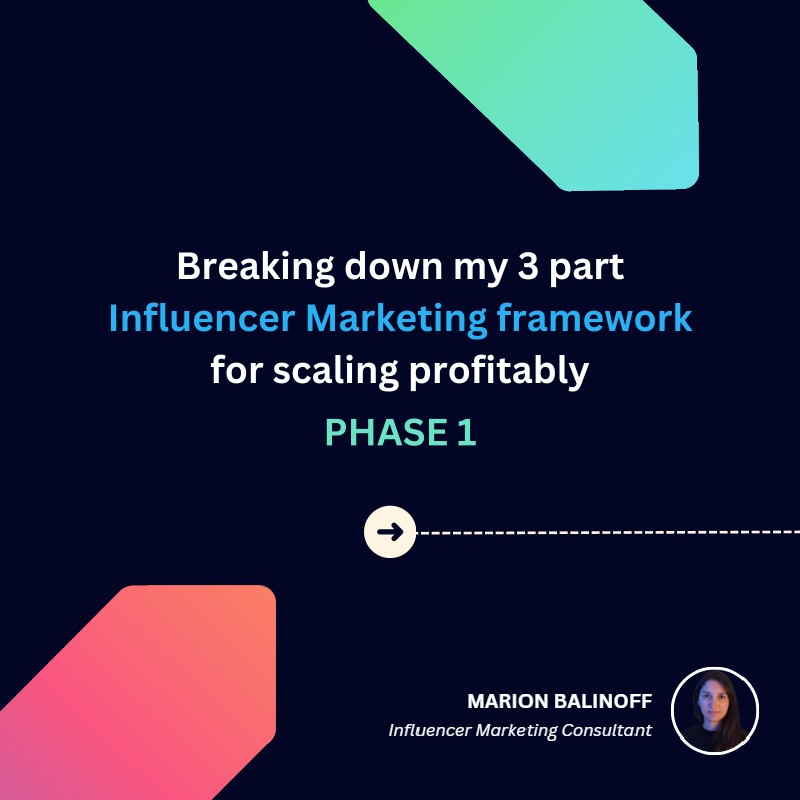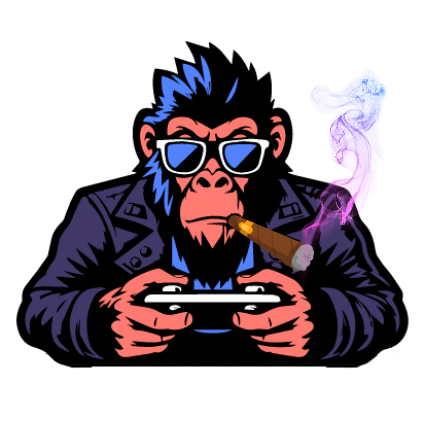
- arrow_back Home
- keyboard_arrow_right Highlights
Influencer Marketing Framework
HighlightsJournal 18 Marion Balinoff March 26

Here’s Step 1 of the 3-step formula:
The first stage is always all about gathering knowledge.
– Start small, working with Nano and Micro Influencers
– Identify initial content verticals based on your target demos
– Test the potential of these verticals and sub-verticals
– Examine data at scale to identify which verticals are worth scaling with
When you have sufficient data to make reliable conclusions about a vertical’s potential:
Move on to Phase 2: Optimisation.
 Profitably scaling Influencer Marketing – Optimisation.
Profitably scaling Influencer Marketing – Optimisation.
Phase 2 is where you optimise the creatives you use to actually convert the audiences in these niches.
This involves iterating with
– Visual elements of the integration
– Talking points
– CTAs
– Different Live Ops and events
– Initial additional incentives like gift codes
Once you’ve figured out the optimal setup, you can move onto Phase 3 and scale with larger influencers.
 The BEST time to work with Mega influencers?
The BEST time to work with Mega influencers?
AFTER you’ve gathered initial knowledge and optimised your setup to understand
– Which verticals and sub-verticals work best
– What incentives are most effective (gift codes, welcome packs, etc)
– How in-game events can affect different KPIs
Mega-influencer collaborations make up Phase 3 in my Testing Framework.
Here’s where I apply my learnings from Phases 1 and 2 so I can scale up to working with mega-influencers with minimal risk and maximum ROI.
This is where I integrate tactics like custom in-game assets to improve performance further!








